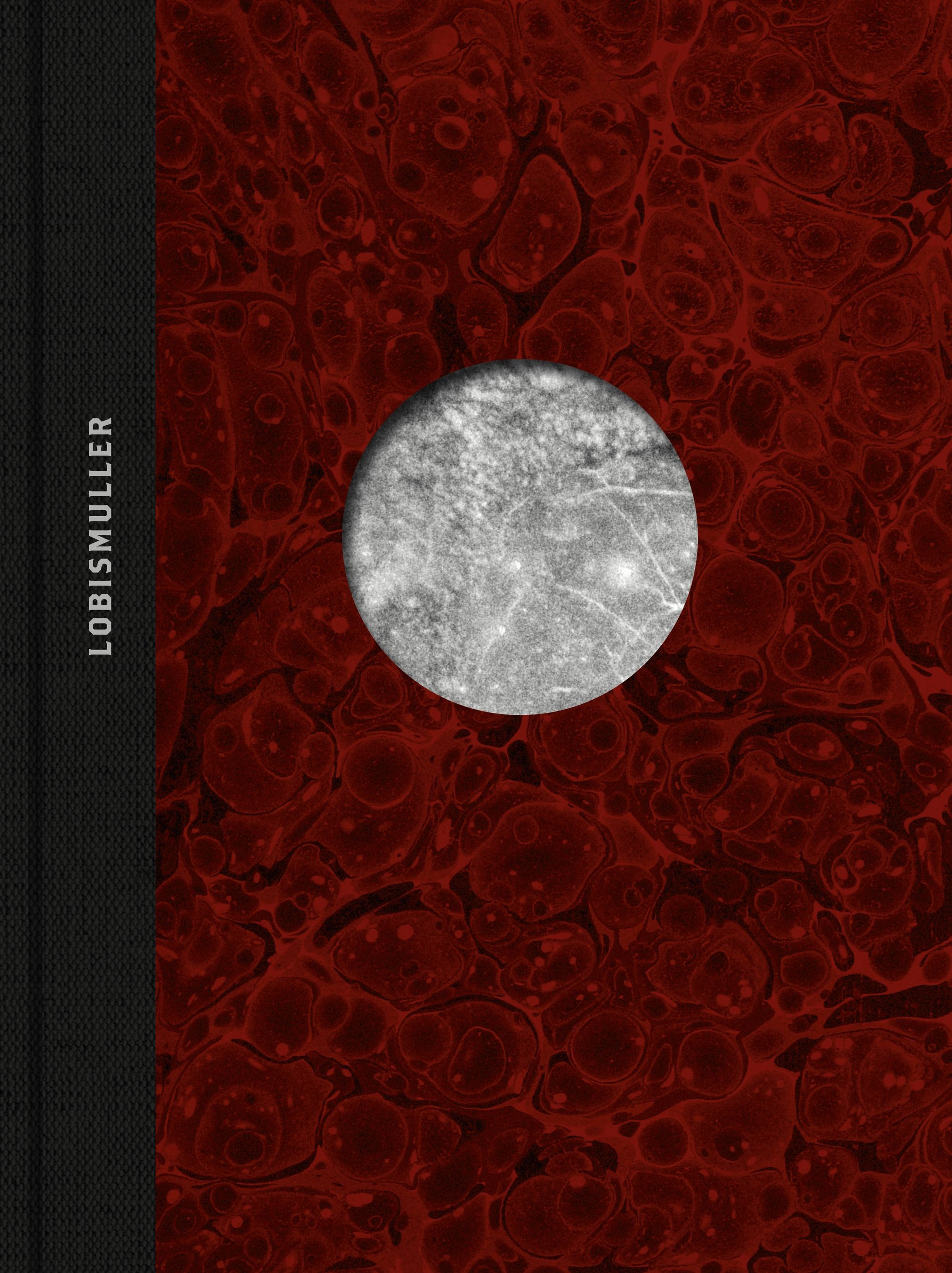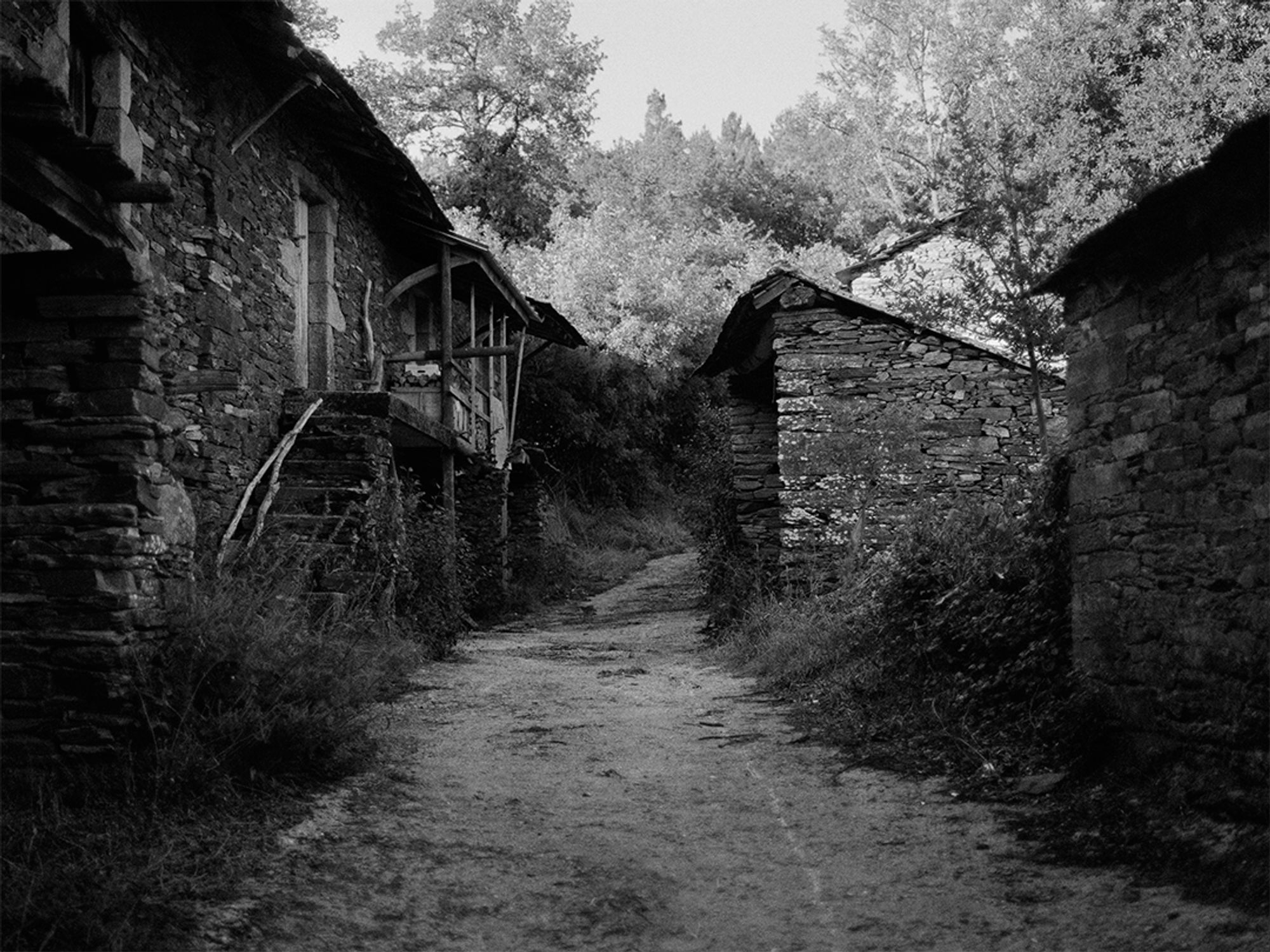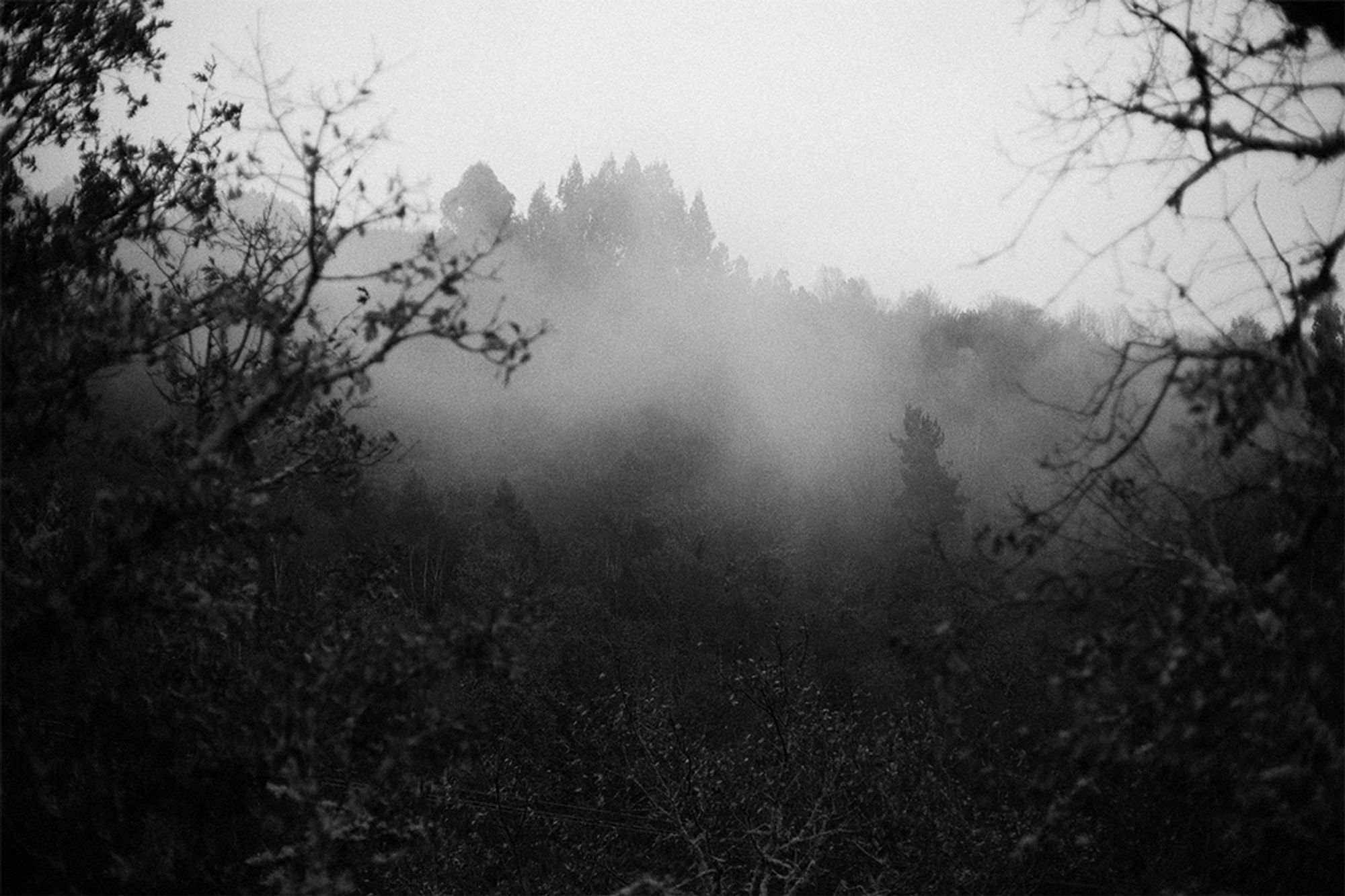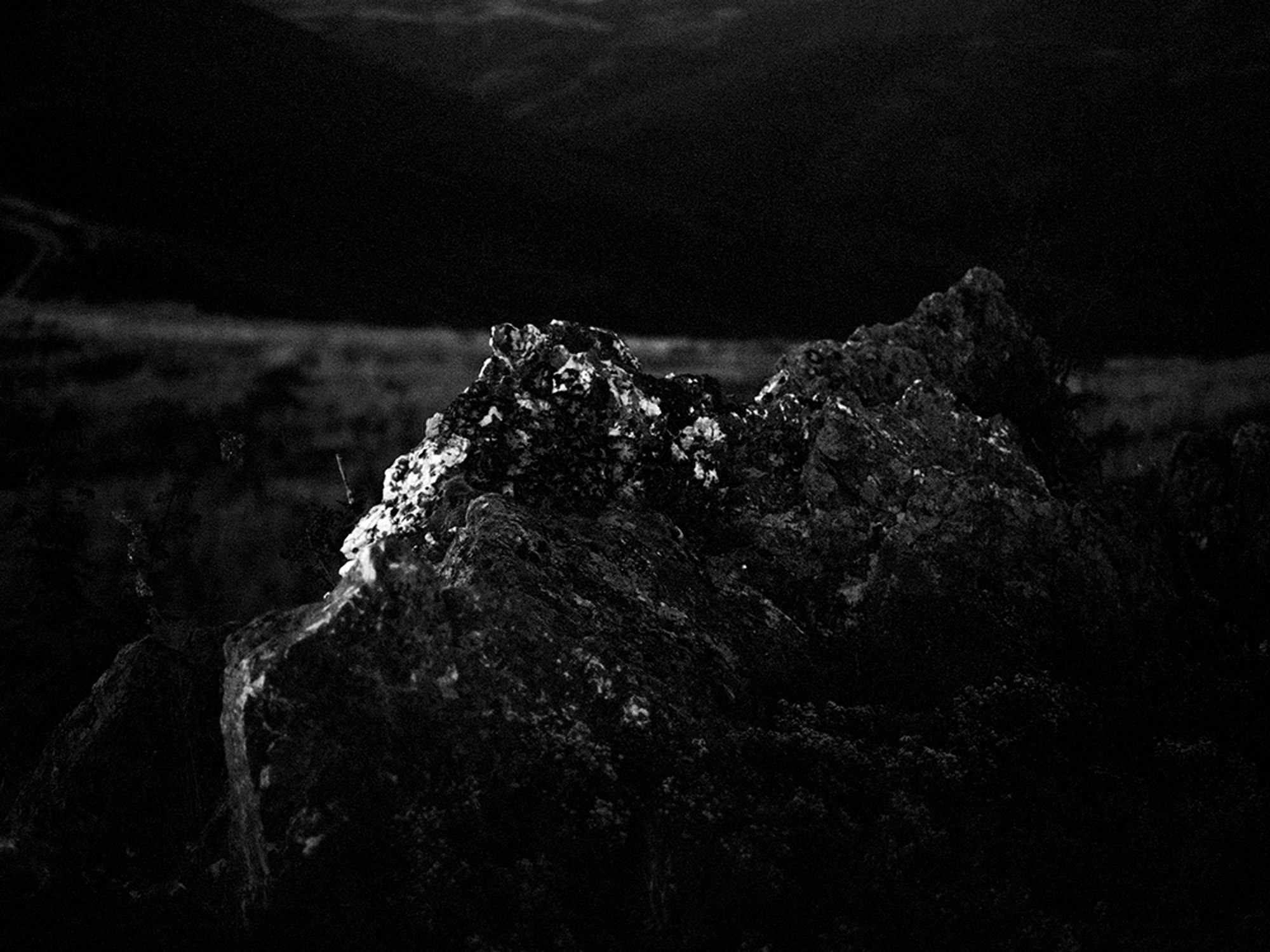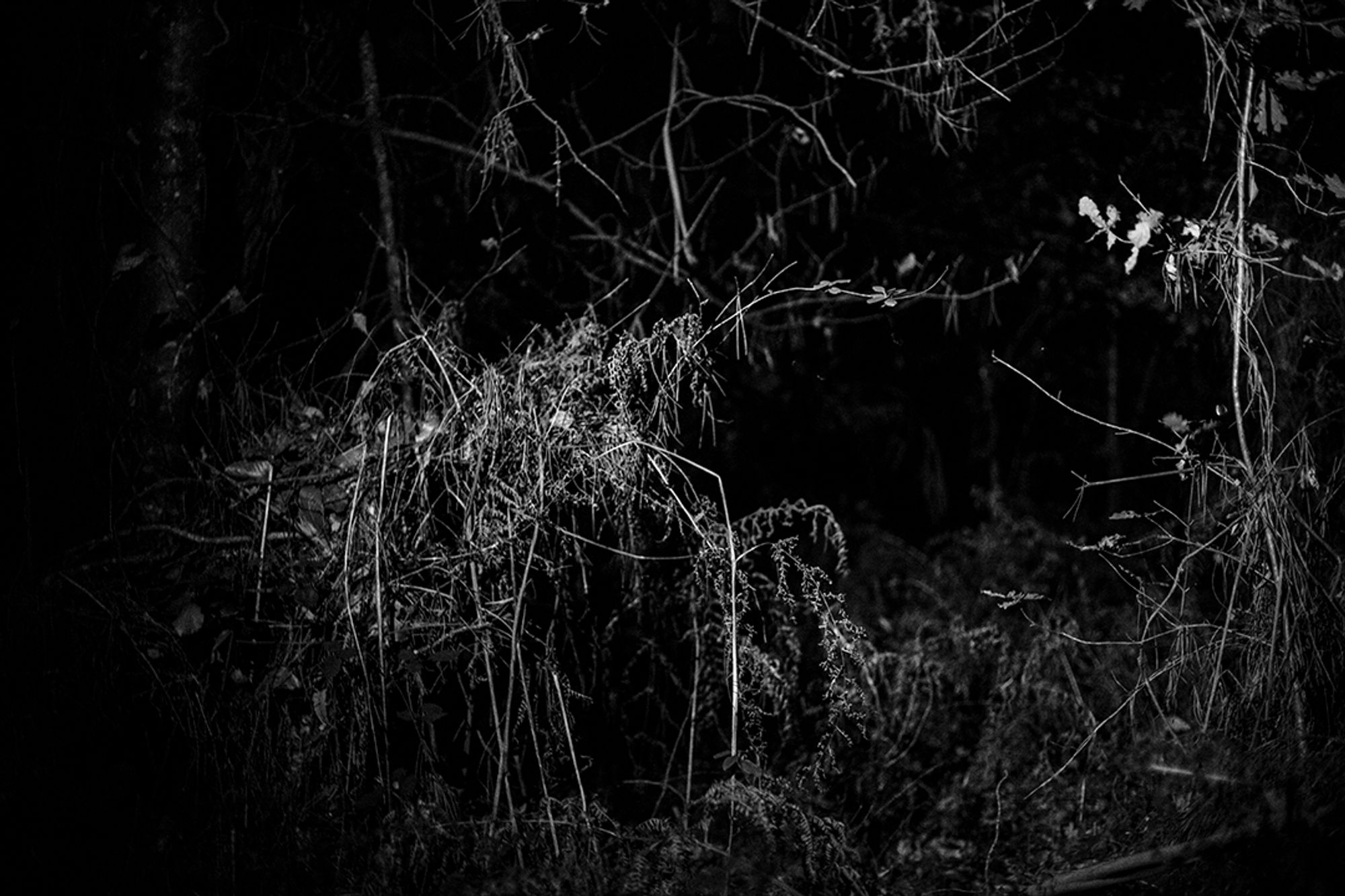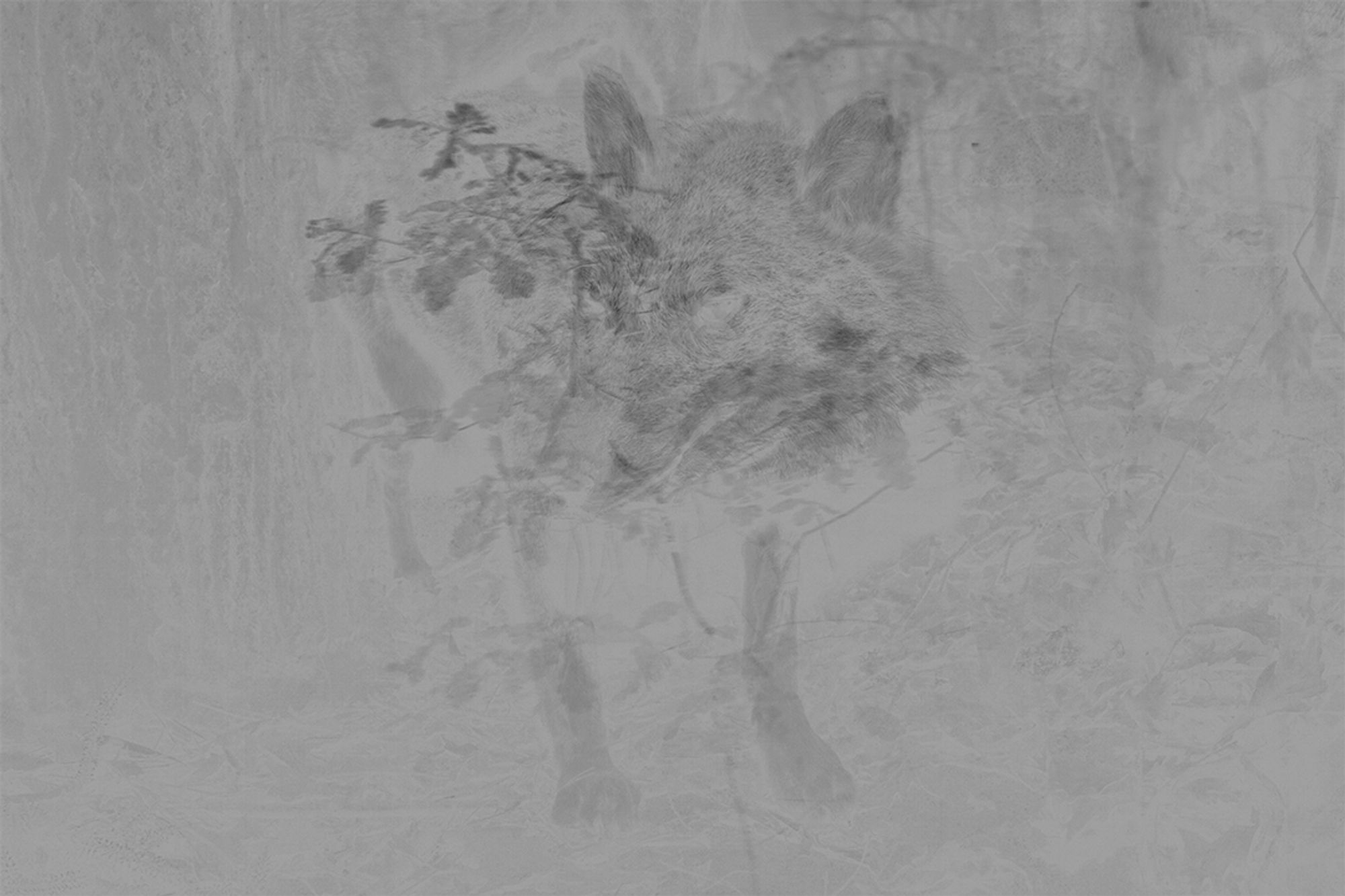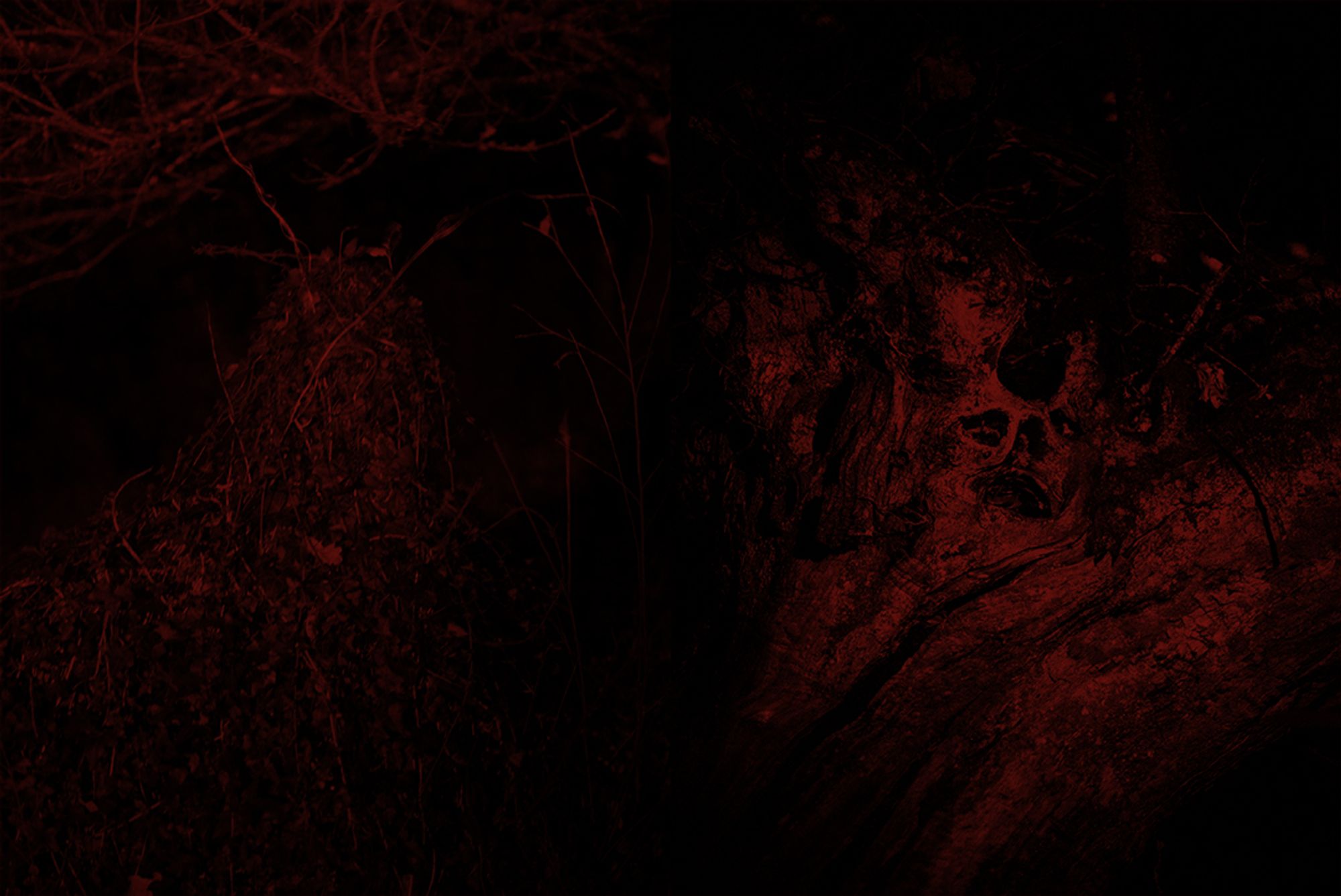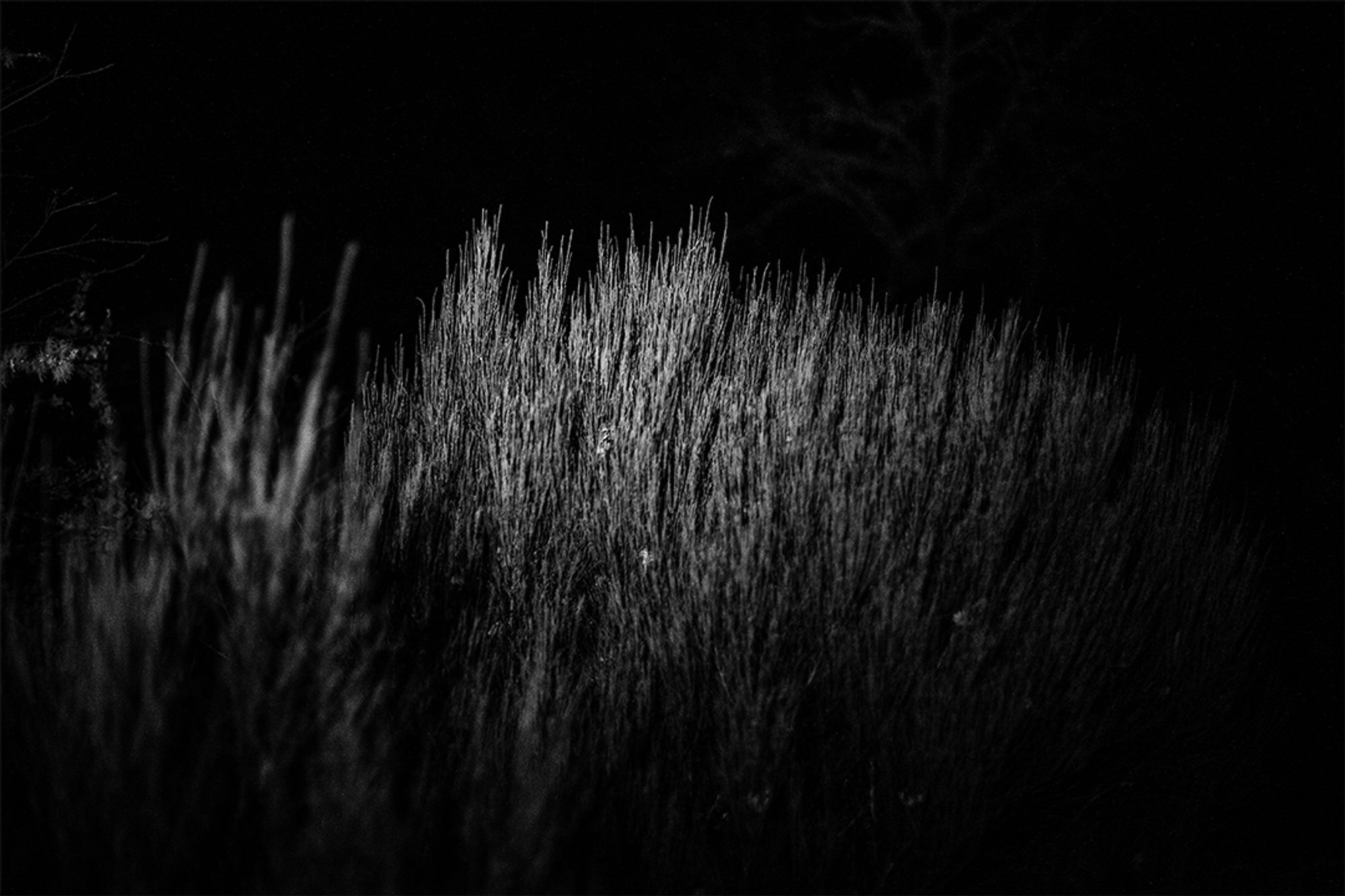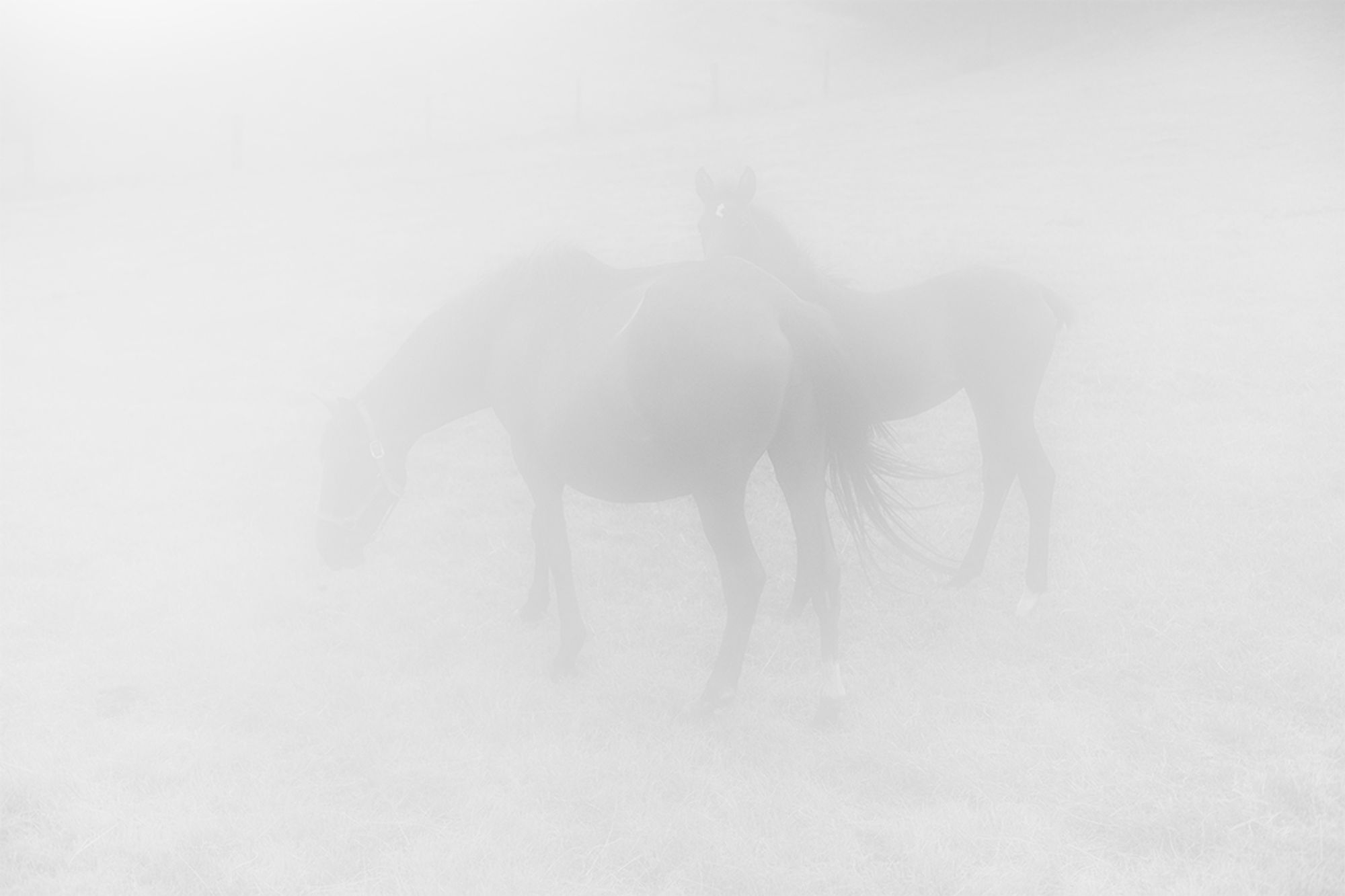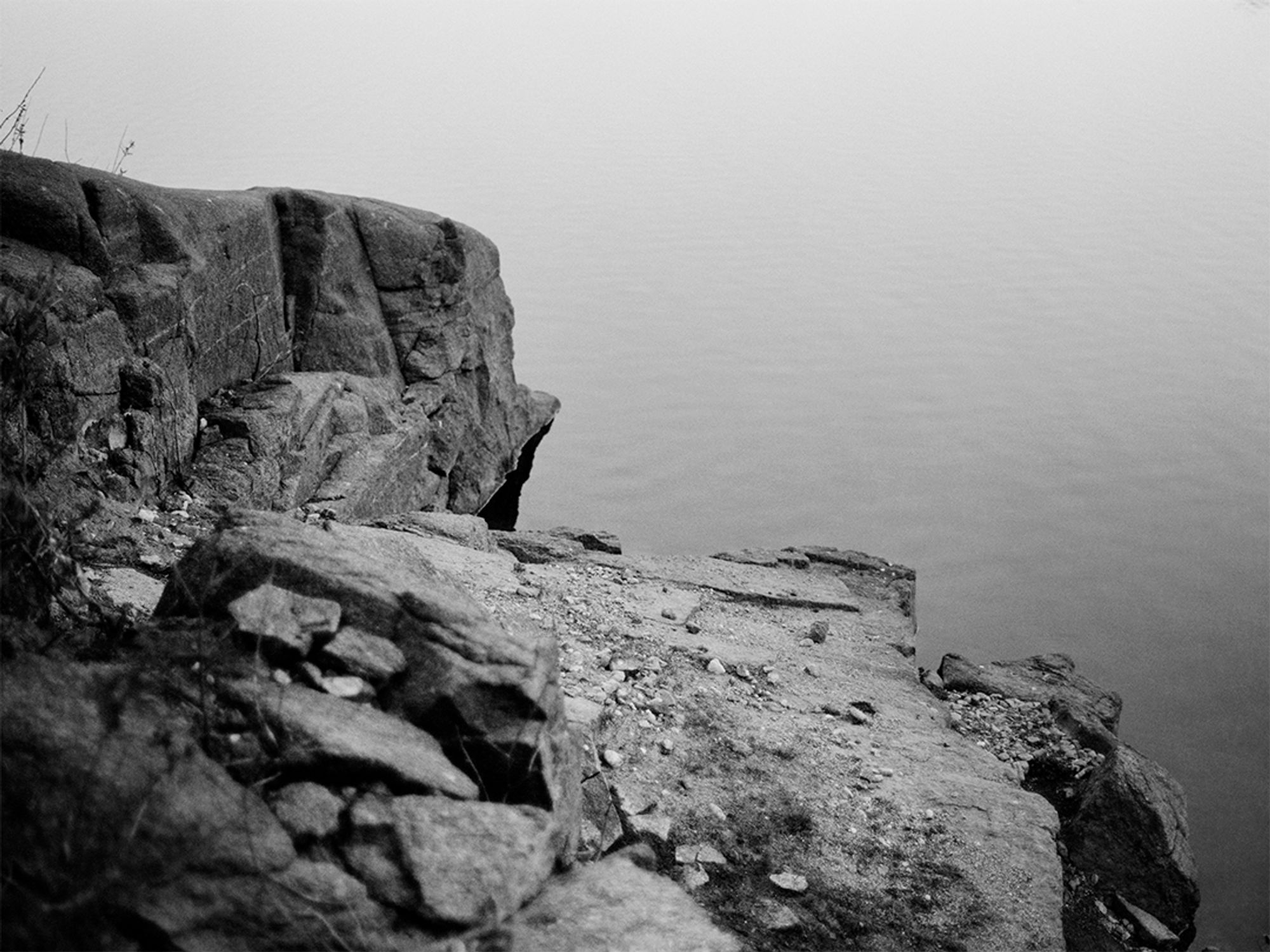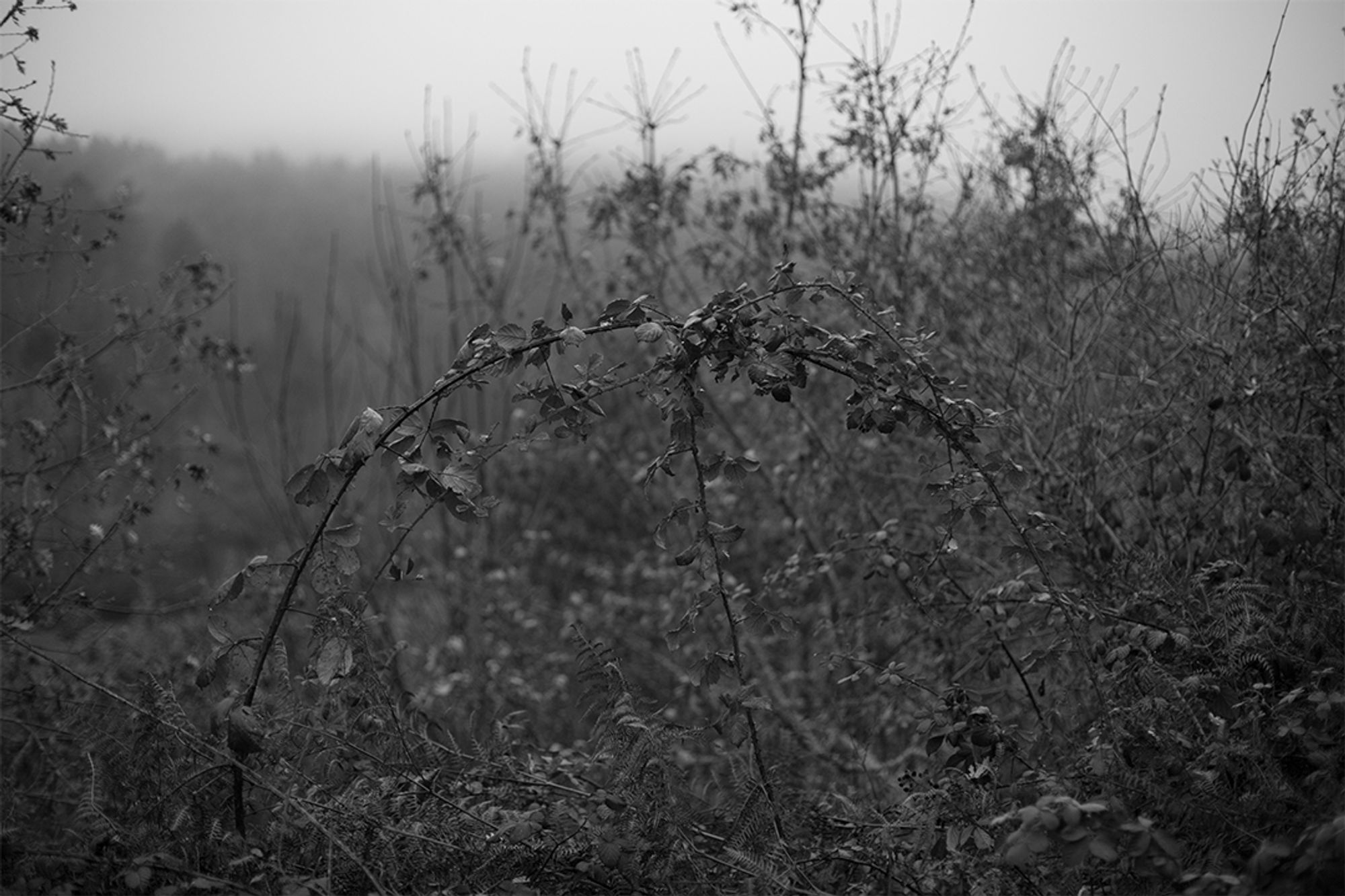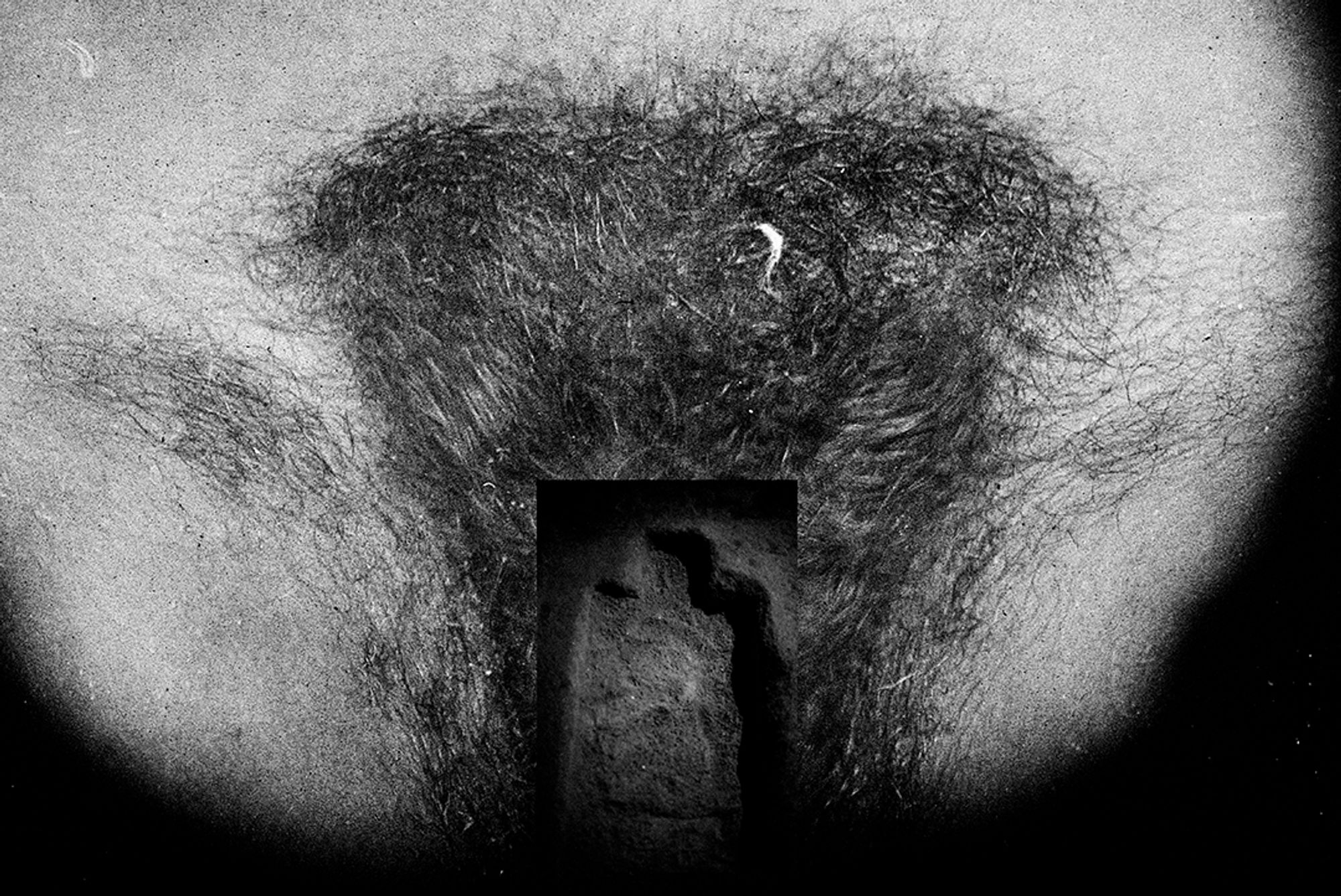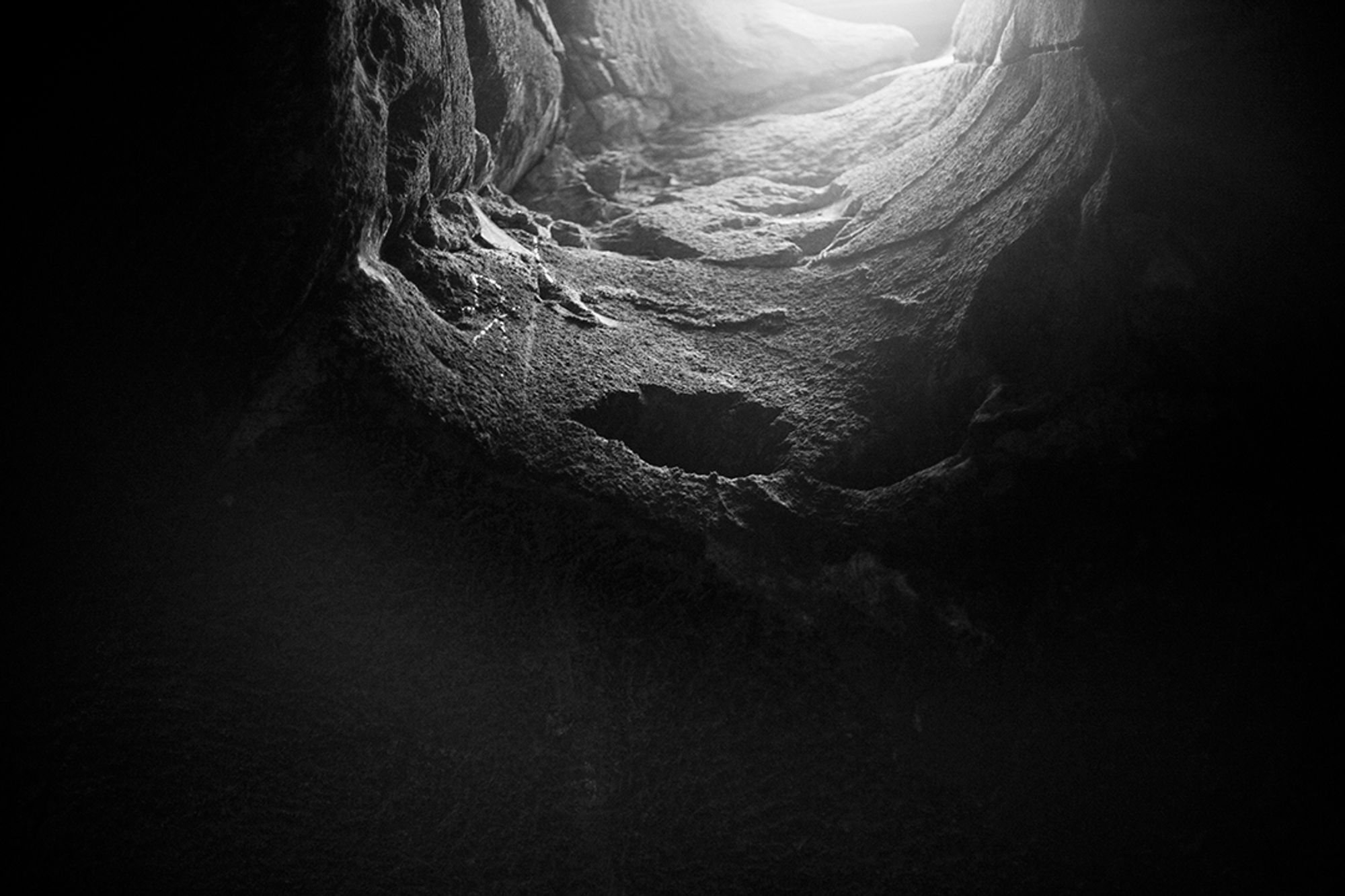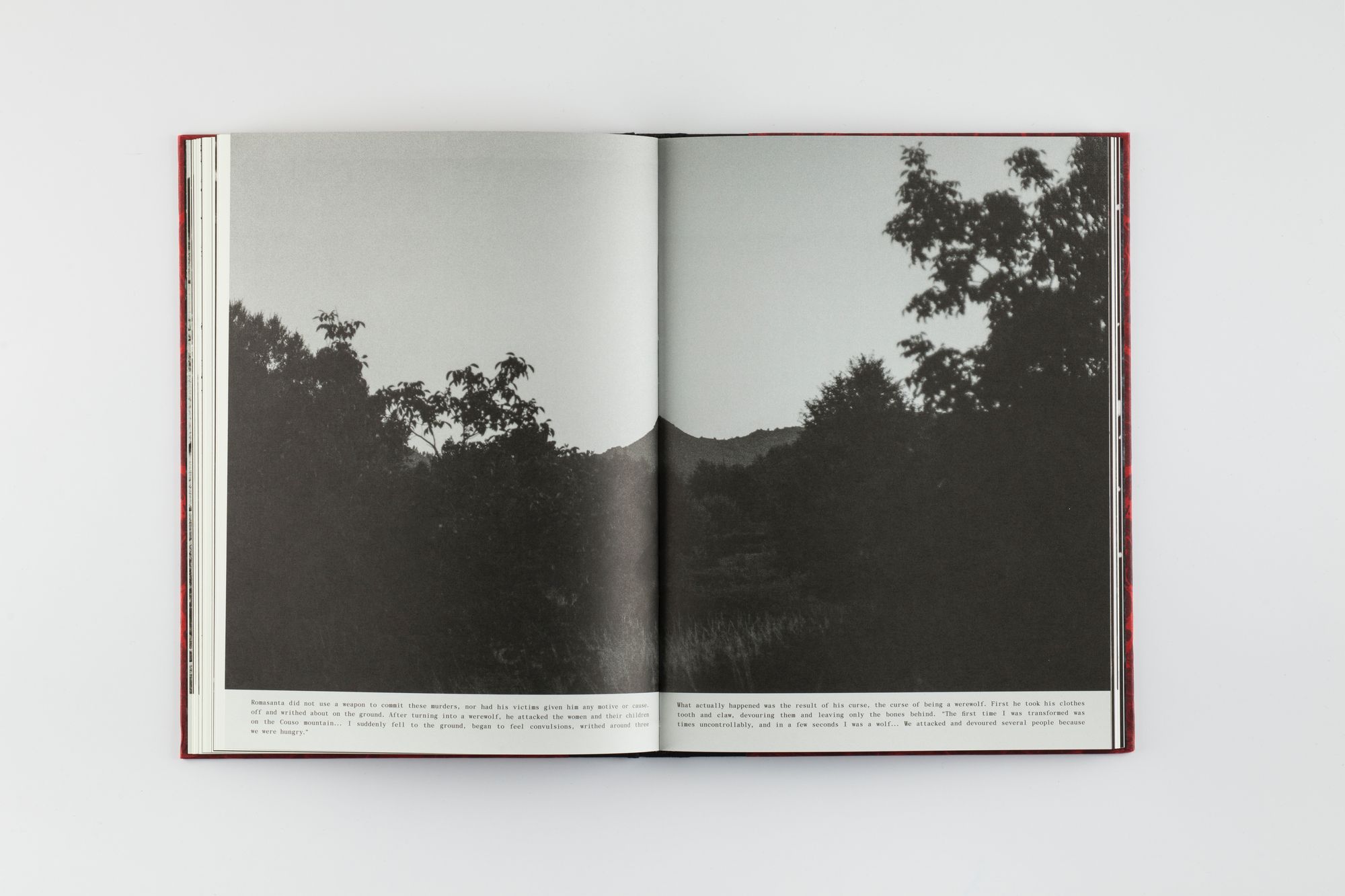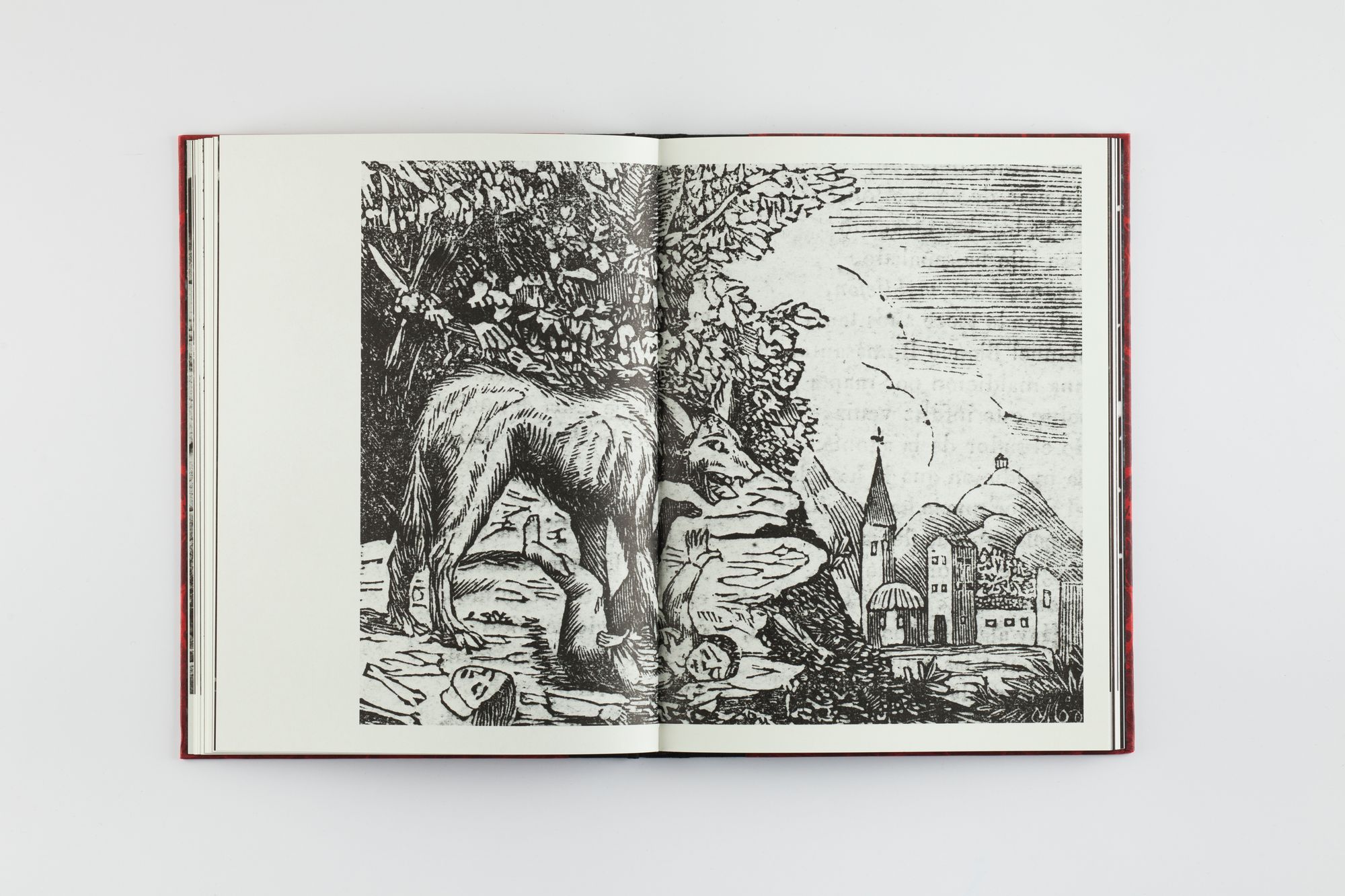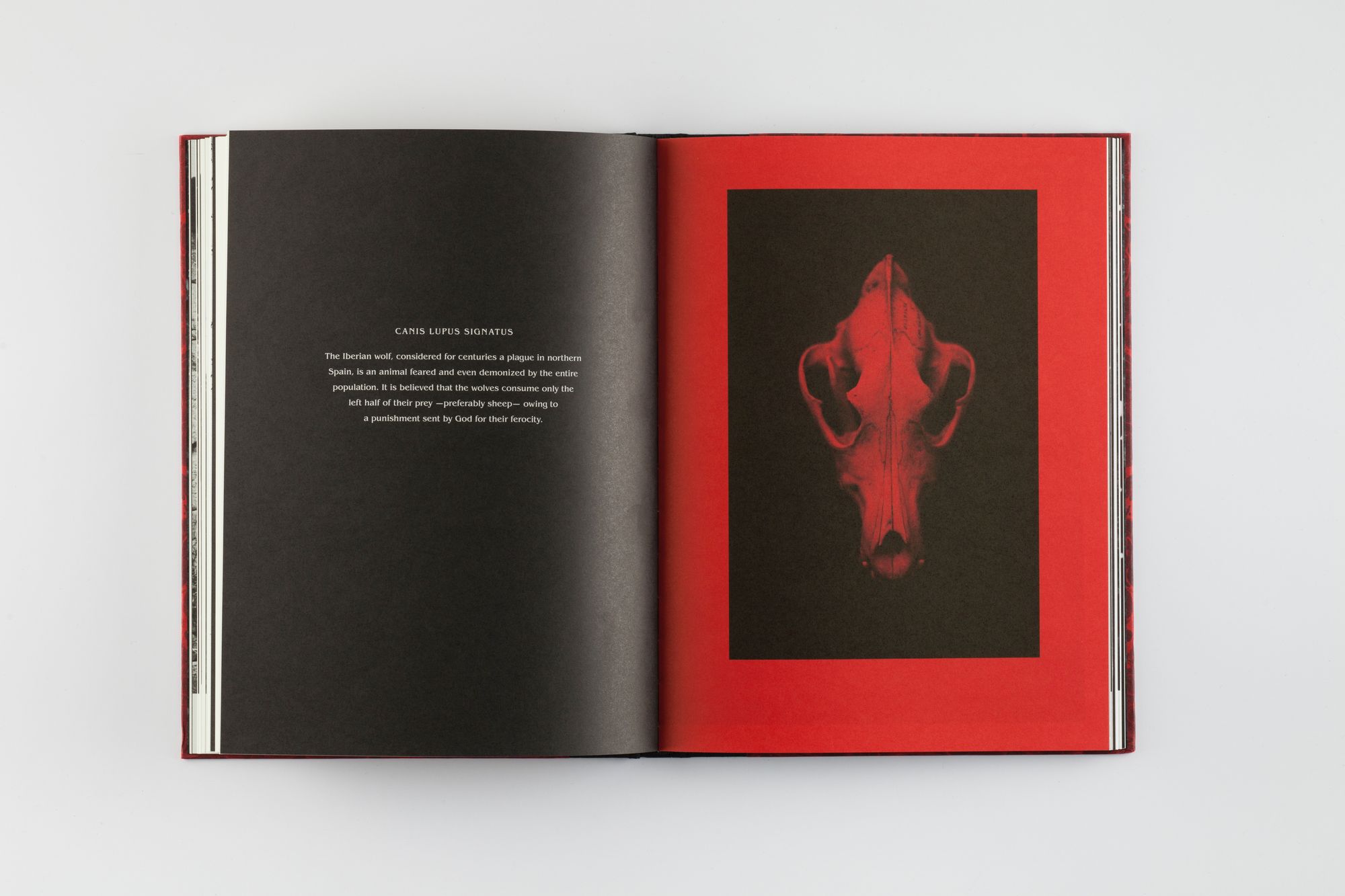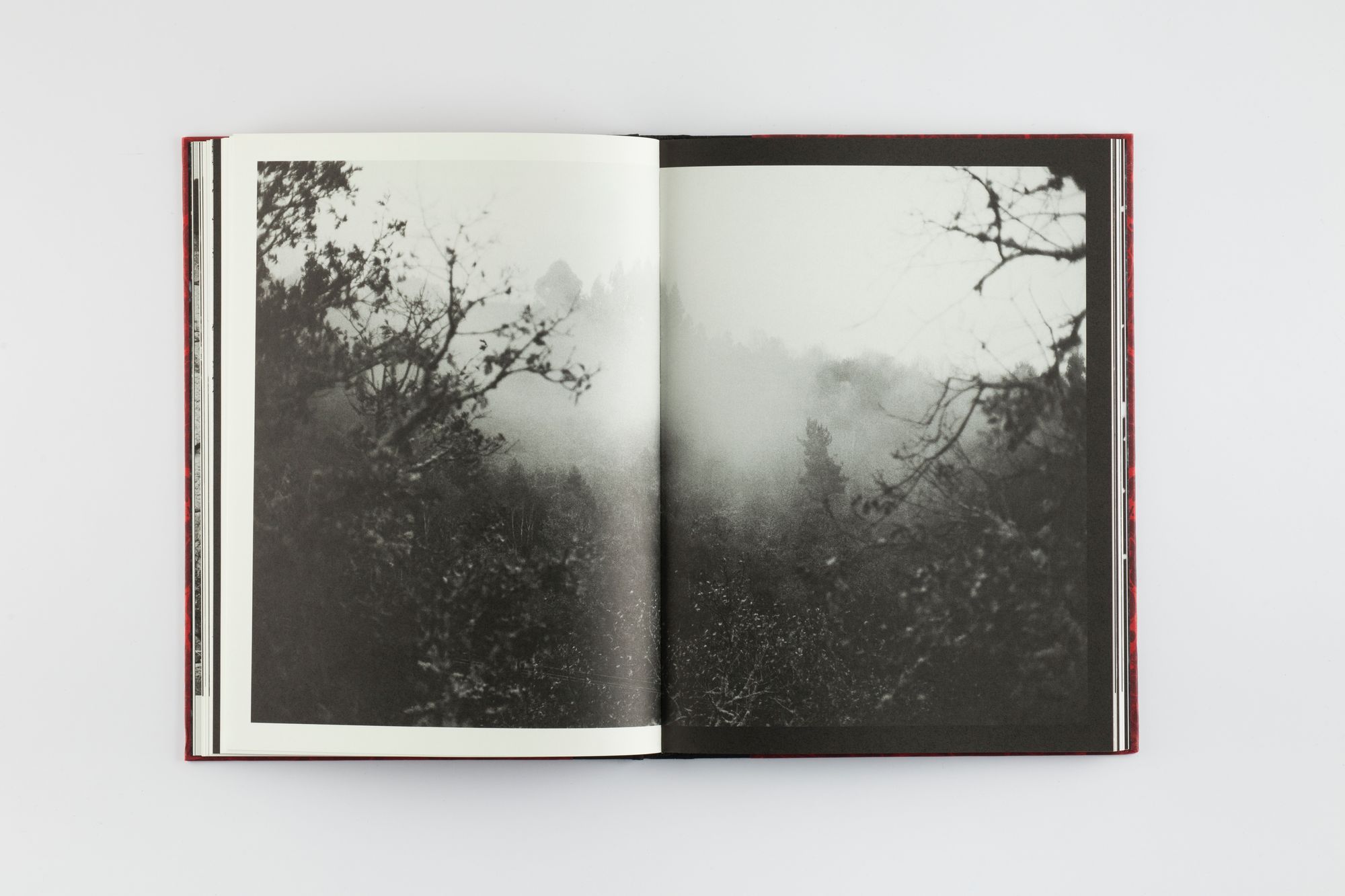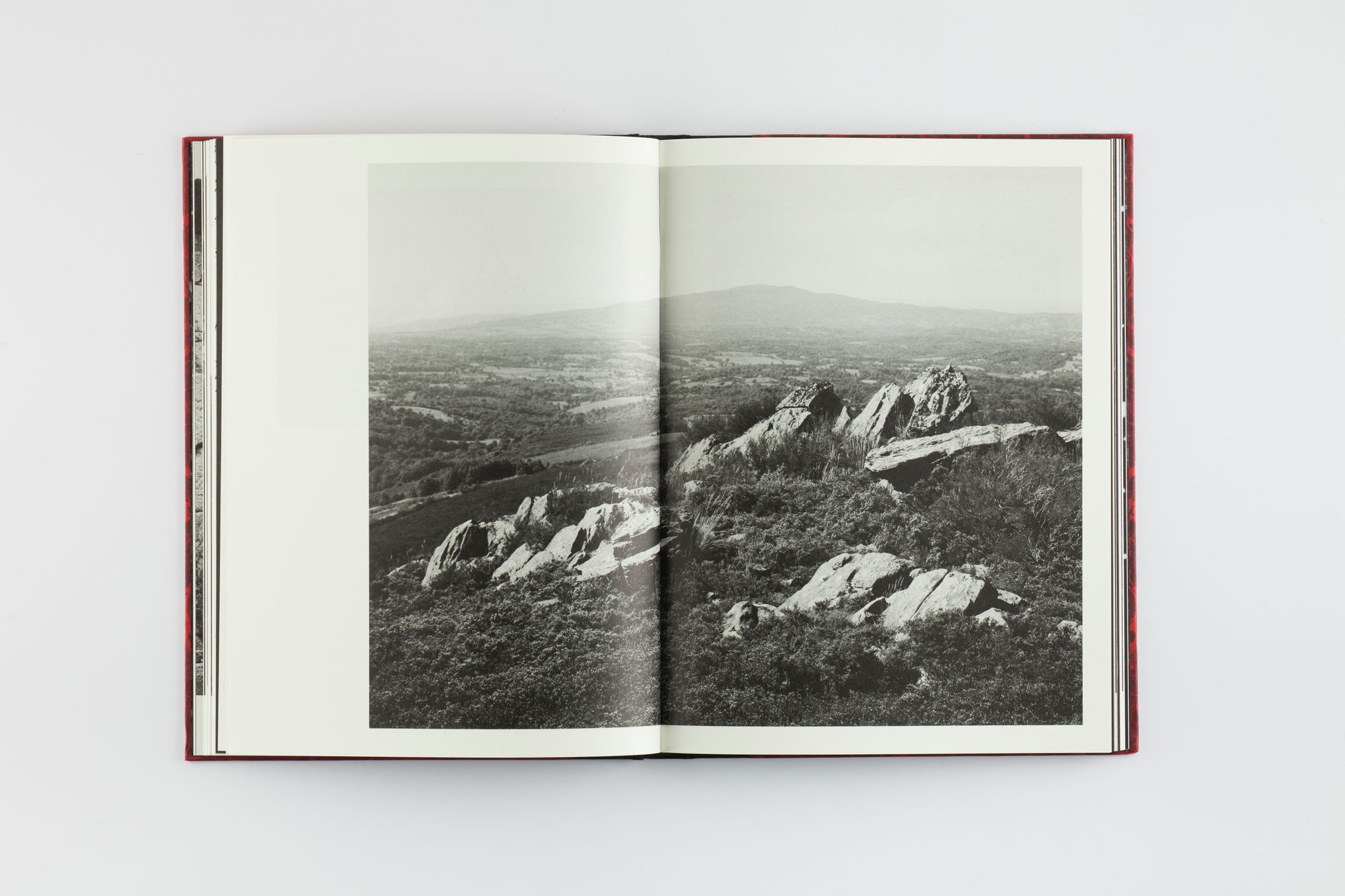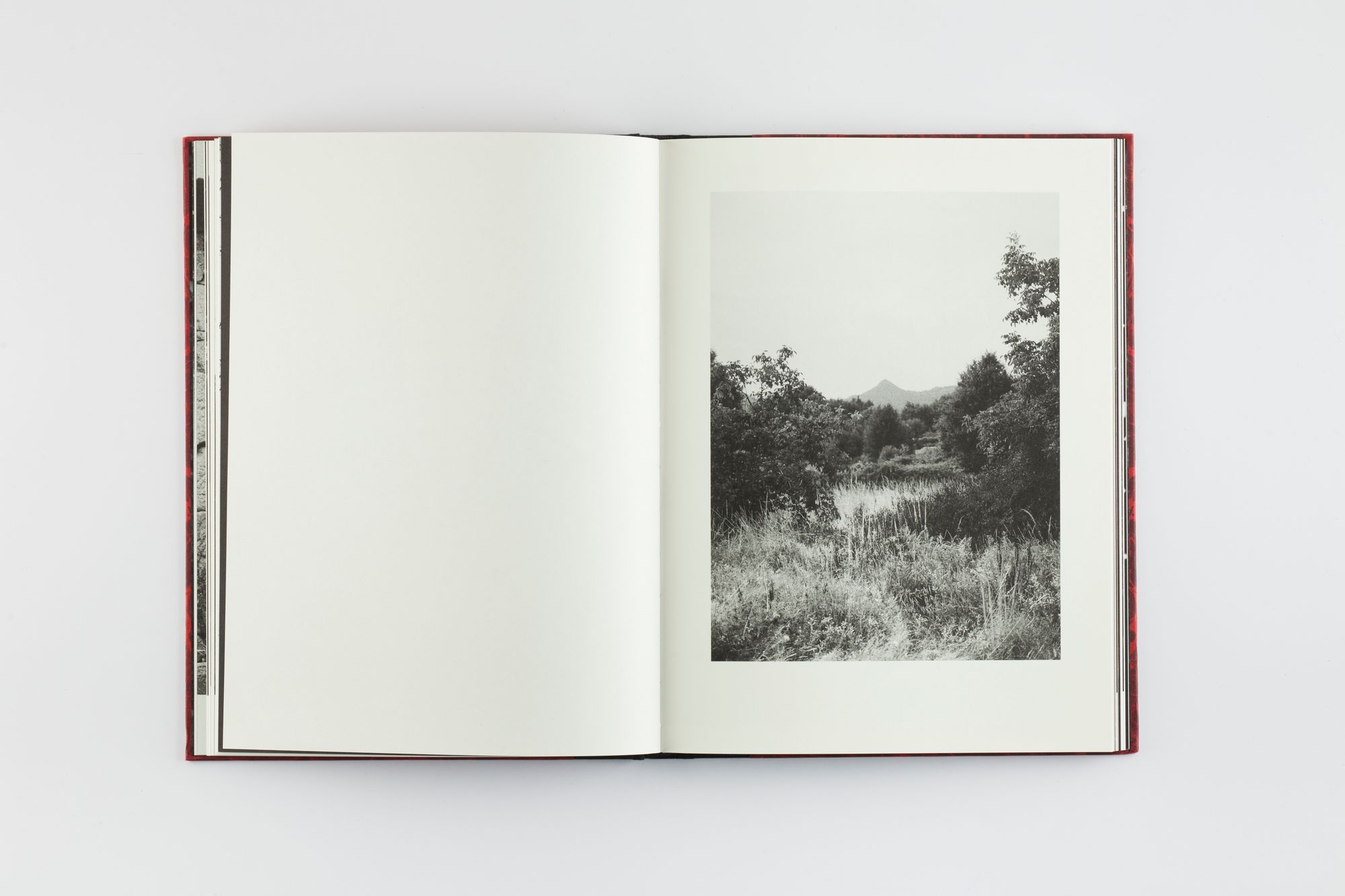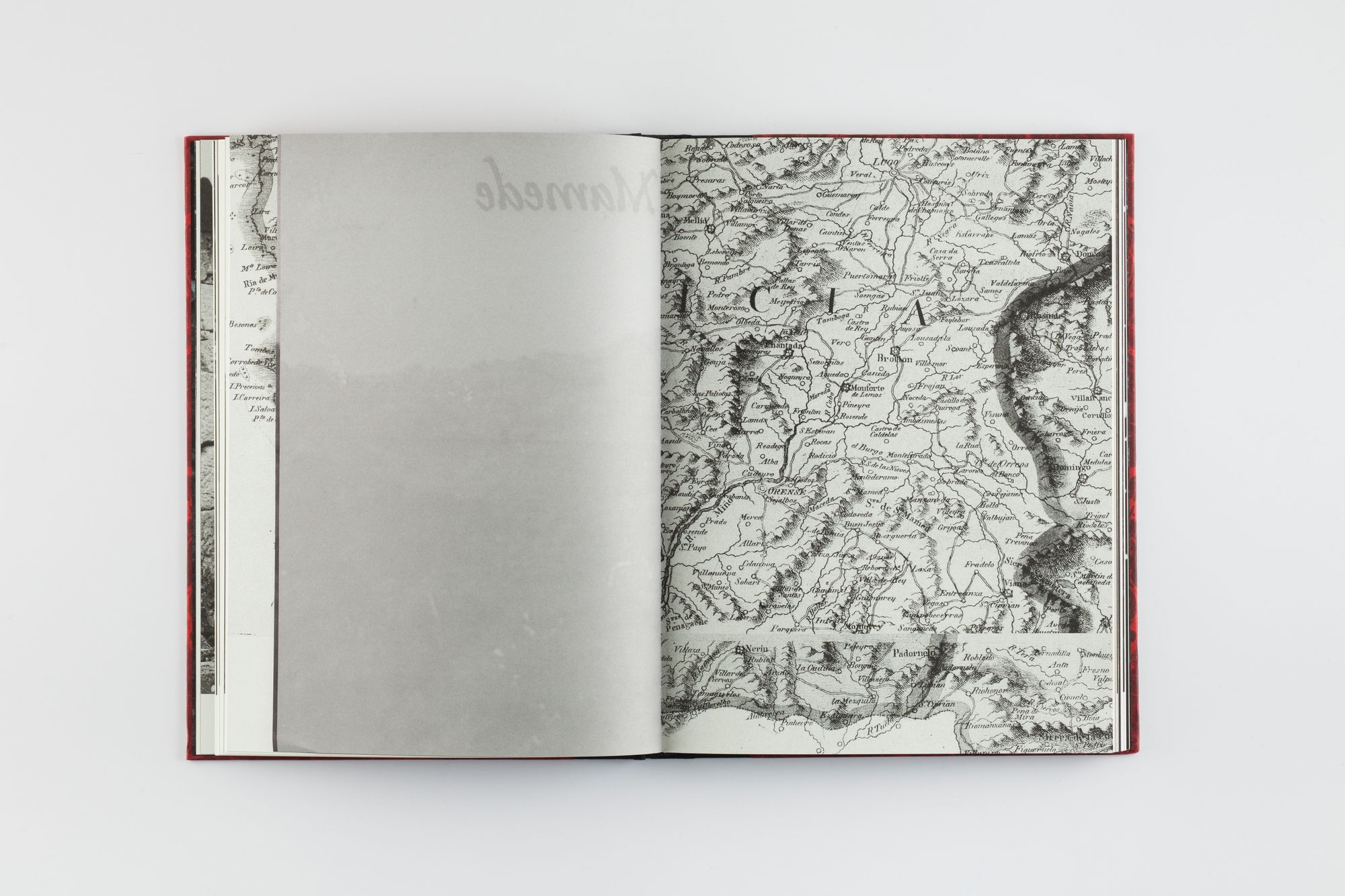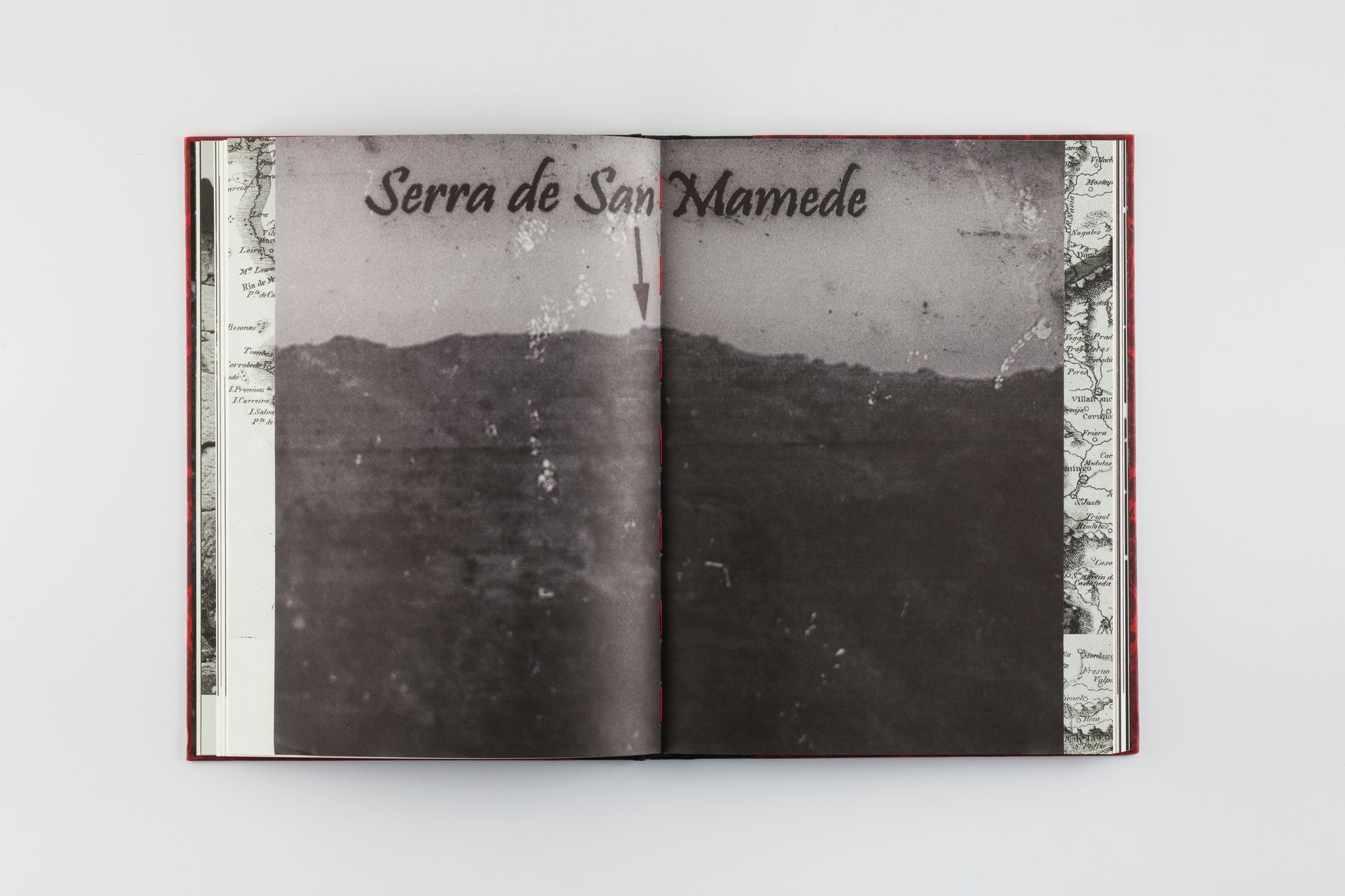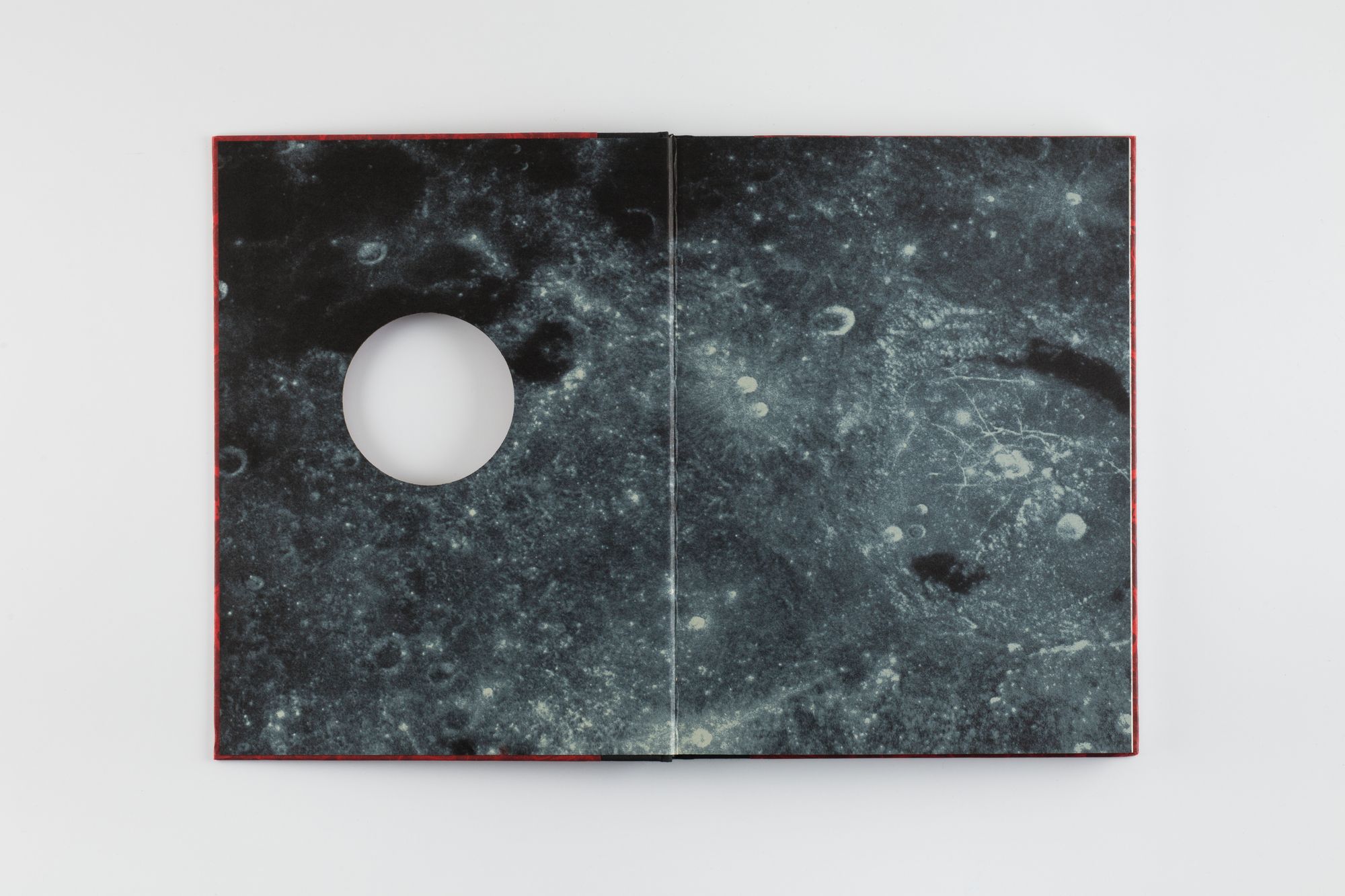Lobismuller
By Laia Abril
Was the Werewolf of Allariz a woman? In 1853, Manuel Blanco Romasanta was tried for the murder of 17 people: he confessed to nine of them but declared himself not guilty because he was suffering from a curse that turned him into a wolf. Although this defence was rejected at trial, his death sentence was commuted to allow doctors to investigate the case. Thus, Romasanta has become part of Spanish folklore as the Werewolf of Allariz or less commonly as the Tallow Man, so named for the rendering of his victims fat to make high quality soap.
More than 150 years later, this case still haunts our collective memory and baffles criminologists, psychologists and historians. According to recent forensic theories, the killer, who was named Manuela at the time of his birth and raised as a girl until the age of 6, could have lived with a rare syndrome of intersexuality. My methodology of work is based on research: accumulating huge amounts of data, stories, facts, analyses, then the conceptualization, connection and visualization of these. When making the book – together with Art Director Ramon Pez – the process was similar: in addition to researching the story, we added layer of visual and production research. For months and months we searched, collected, generated, organized, linked and got inspired by hundreds of visual inputs from the most remote sources - often they had nothing to do with photography or the story itself.
We wanted to find the mood that would help us build the ideal object, one that would transmit the desired feeling, by keeping only a few keywords in our brains: Galicia, 19th century, killer, wolves, werewolf, landscapes, intersexuality, sex, femininity, masculinity, alchemy, magic, witchcraft, and superstition. The project moves slightly away from documentary photography, towards reconstruction, documentary fiction or art. It seems that our continuous and insatiable brain storming has led to the invention of a constructed world, a conceptual landscape, a narrative based on the semiotics of the feminine and masculine in the inhospitable sceneries of the Galician lands.
